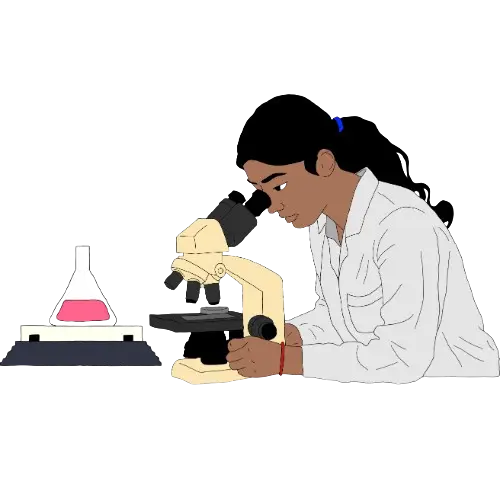Light Your Brain with Expression Pathology
Explore the future of clinical proteomics through education

🎓 What You'll Learn
Master advanced proteomic techniques using archived clinical tissue samples. Our educational platform breaks down complex laboratory processes into digestible, interactive lessons.
🔬 Key Topics Covered:
Protein extraction from FFPE tissue
Laser-based microdissection of histological regions
Tissue-based protein microarray fabrication
Mass spectrometry sample preparation
Bioinformatics integration with pathology data
Clinical and research applications

📚 Featured Learning Modules
| 1. Intro to Tissue Proteomics | |
| 2. The FFPE Tissue Advantage | |
| 3. Laser Microdissection Techniques | |
| 4. Creating Protein Microarrays | |
| 5. Sample Prep for Mass Spectrometry | |
| 6. Data Integration & Analysis |
Intro to Tissue Proteomics
The FFPE Tissue Advantage
Formalin fixed paraffin-embedded (FFPE) tissue is the standard method for preserving tissue samples.
It maintains tissue structure and molecular content for decades.
Vast archives of FFPE samples are stored worldwide in laboratories.
These samples are linked to valuable metadata, enhancing research potential.
Historically, fixation made protein extraction difficult.
Modern techniques now enable efficient recovery of proteins from FFPE tissue.
This advancement allows retrospective studies and research on protein expression across diverse tissue types.
FFPE tissue supports wide-ranging biological and biomedical investigations.
Laser Microdissection Techniques
Creating Protein Microarrays
Sample Preparation for Mass Spectrometry
Data Integration and Analysis

Real-World Applications
Turn knowledge into action. Learn how tissue proteomics supports:
- Biomarker discovery for various conditions
- Profiling of neurological and cellular processes
- Validation of targets for therapeutic development
- Safety and toxicity assessment in research
- Fundamental studies in biological systems

Why Learn with Us?
✅ Clear and Easy
Designed for curious learners to understand complex topics simply.
✅ Science-Based
Built on trusted research methods and accurate data.
✅ Hands-On Skills
Includes lab steps, microarray guides, and data analysis tools.
✅ For Everyone, Everywhere
Accessible to students, researchers, and professionals worldwide.





